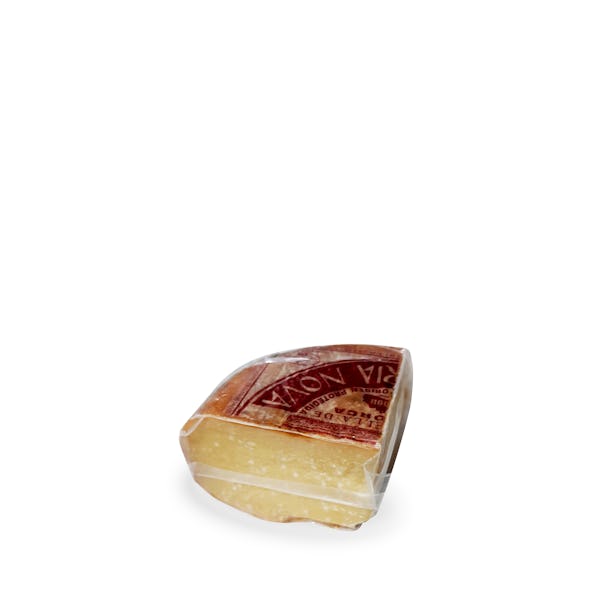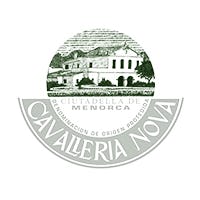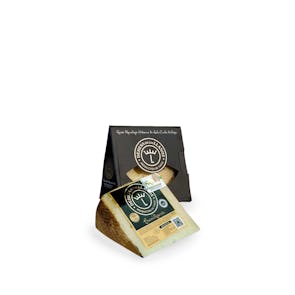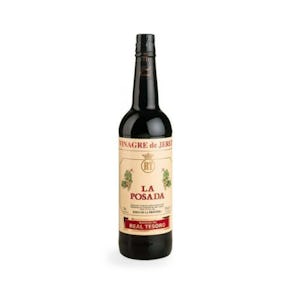
(Saturday Dec 20 , 2025)
TASTING NOTES FROM THE CURATOR
Mahón-Menorca (simplified to Mahón), otherwise called Fomatge de Maó in Catalan, goes from soft to hard and ivory to yellow inside as it ages. It can be made from pasteurized or raw milk. Both have DO classification, but it is only the latter that is considered artisanal. Molded by hand and wrapped in cotton cloth, this cheese is cured for longer given the Extra Viejo label. It has a slight tang with undertones of butter and hazelnut. It gains its characteristic color and aroma from being rubbed with olive oil and pimenton paprika throughout the aging process.
PREPARATION OR PAIRINGS
Mahón is traditionally eaten sliced with black pepper, tarragon, and olive oil. Raw honey is also another marvelous drizzle for it. This cheese goes well with chorizo and a selection of dried fruits and nuts. It is versatile, easy to add to different dishes, and is often grated over pastas, potato, rice, and vegetable dishes. One popular way to use it is to swap in Mahón for Pecorino Romano in Cacio e Pepe.
It naturally pairs with assertive wines like Madeira or Rioja wines. Try our Ramón Bilbao Crianza DOCa 2016, a fruity red wine with just enough spice notes to work with this Menorcan specialty.
A HUNDRED YEARS OF MENORCAN TRADITION
Cavalleria Nova has been making Mahón since 1899, manually forming the cheese with cloth to give it that artisanal pillow-like shape. They milk cows twice a day to produce enough milk to begin the traditional pressing process in a completely modernized, sanitary environment. Raw milk is the key, the foundation of all the flavoring that makes this artisanal cheese truly excellent above others in Menorca.
Storage Instructions
Cheeses (except brined ones in jars) should be stored in the crisper or the butter drawer of a refrigerator, not on the shelves themselves. This is to help regulate their temperature and humidity levels—and prevents the formation of mold. Once opened, they should not be kept in their original packaging. Though hardening with age, Mahón is still a pressed cheese, so it should be treated as one. Soft cheeses with delicate rinds need to breathe, so they are best placed in glass containers lined with paper towels to absorb extra moisture. Leave the lid open a tiny bit for air to circulate and don’t forget to write up a label with the date you first opened the package. Your cheese will be fine for up to one month.





